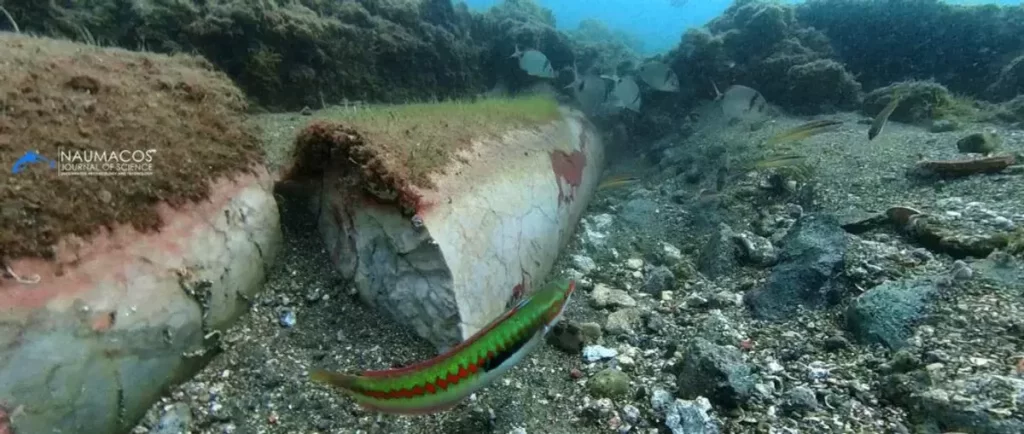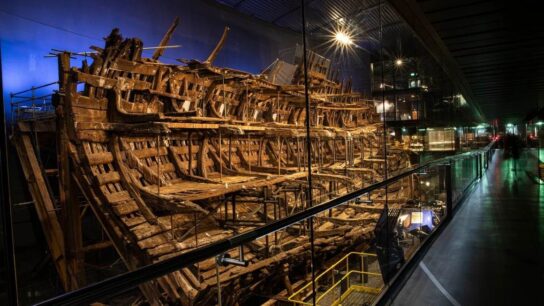Uncovering the Sunken Ruins of a Luxurious Roman Villa: New Discoveries at the Underwater Archaeological Park of Baiae
The sunken remains of an ancient Roman villa have been uncovered by a recent survey off the coast of Italy.

Once known for its luxurious beauty, this area was a holiday spot for the rich and famous of the Roman Empire. Now, however, their beautiful villas are nothing more than sunken ruins.
The discoveries were made at the underwater archaeological park of Baiae in the Gulf of Naples, not far from the famed archaeological site of Pompeii.
The park is well known for its submerged ancient relics and recent underwater surveys have helped to reveal even more new finds.
The new survey uncovered an 80-meter (260-foot) long area that was once composed of various rooms that are now missing.
Here, they discovered a wealth of marble tiled flooring, as well as numerous marble columns. While some of these columns have collapsed on themselves, others are said to be in “an excellent state of conservation.”
This area was also home to a stunning statue, which researchers recently identified as the god Apollo. Discovered in 2013, the sculpture has recently been recovered and restored to its former glory by the Central Institute for Restoration in Rome.
Once this work is completed, it will go on display at the Archaeological Museum of the Campi Flegrei at the idyllic Aragonese Castle, which overlooks the Gulf of Naples.
Baiae is sometimes called the “Las Vegas of the ancient world.” The once-beautiful town featured cobbled streets, mosaics, statues, and luxurious villas for some of the Roman Empire’s most infamous rulers, including Julius Caesar and Nero.
In the words of the Roman poet Horace: “No bay in the world outshines lovely Baiae.” Along with idyllic architecture and natural Mediterranean beauty, another major pull of the town was its hot springs and spas fueled by the volcanic activity that bubbles beneath the area.

The town was just a short hop away from Mount Vesuvius, the infamous volcano that destroyed the towns of Pompeii and Herculaneum in 79 CE with one of the most catastrophic volcanic eruptions in recorded history.
Much like these doomed towns, Baiae ultimately met a tragic end too. As the Roman Empire started to crumble, it was sacked during what are termed the barbarian invasions, and suffered another blow by Muslim raiders in the 8th century CE.
The fatal punch came from volcanic and seismic activity around the 16th century when much of the settlement was submerged under the sea.
Thanks to underwater archaeology, however, we’re still able to catch a glimpse of the town’s former glory.




